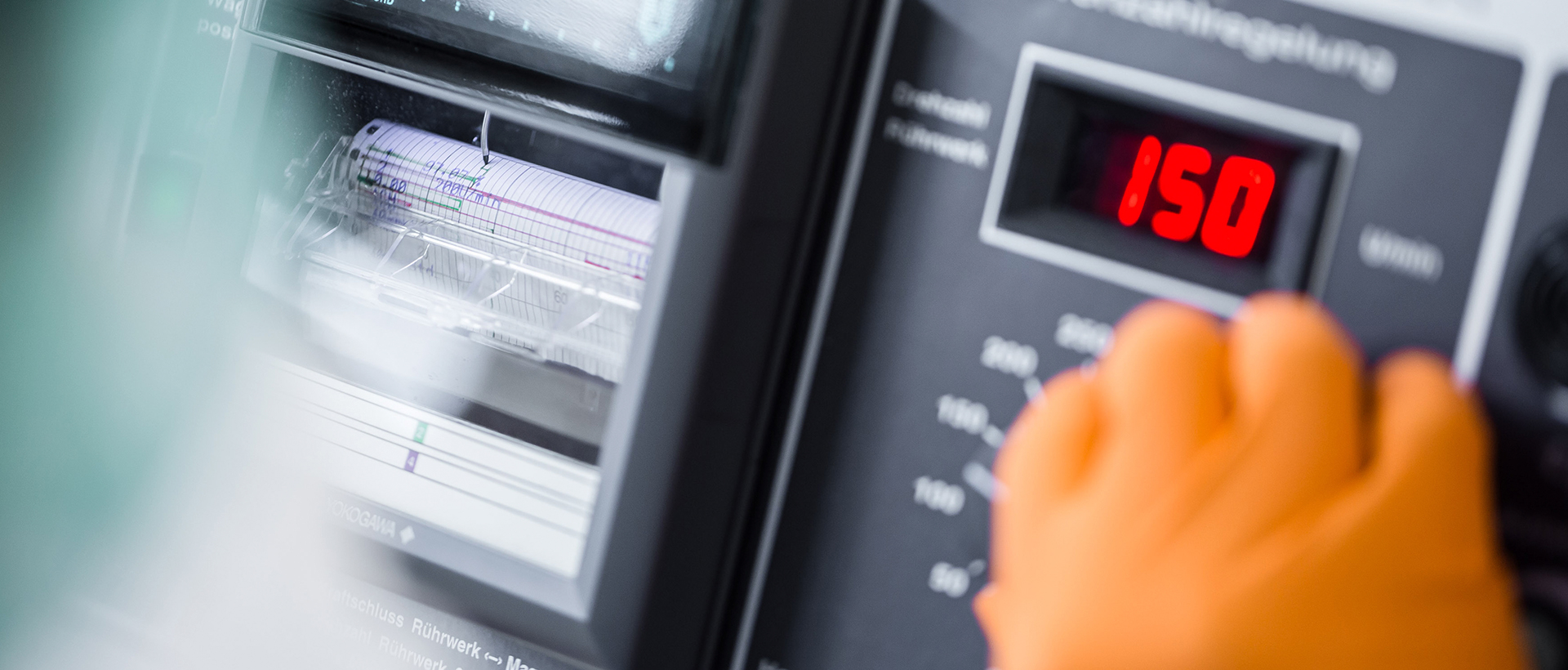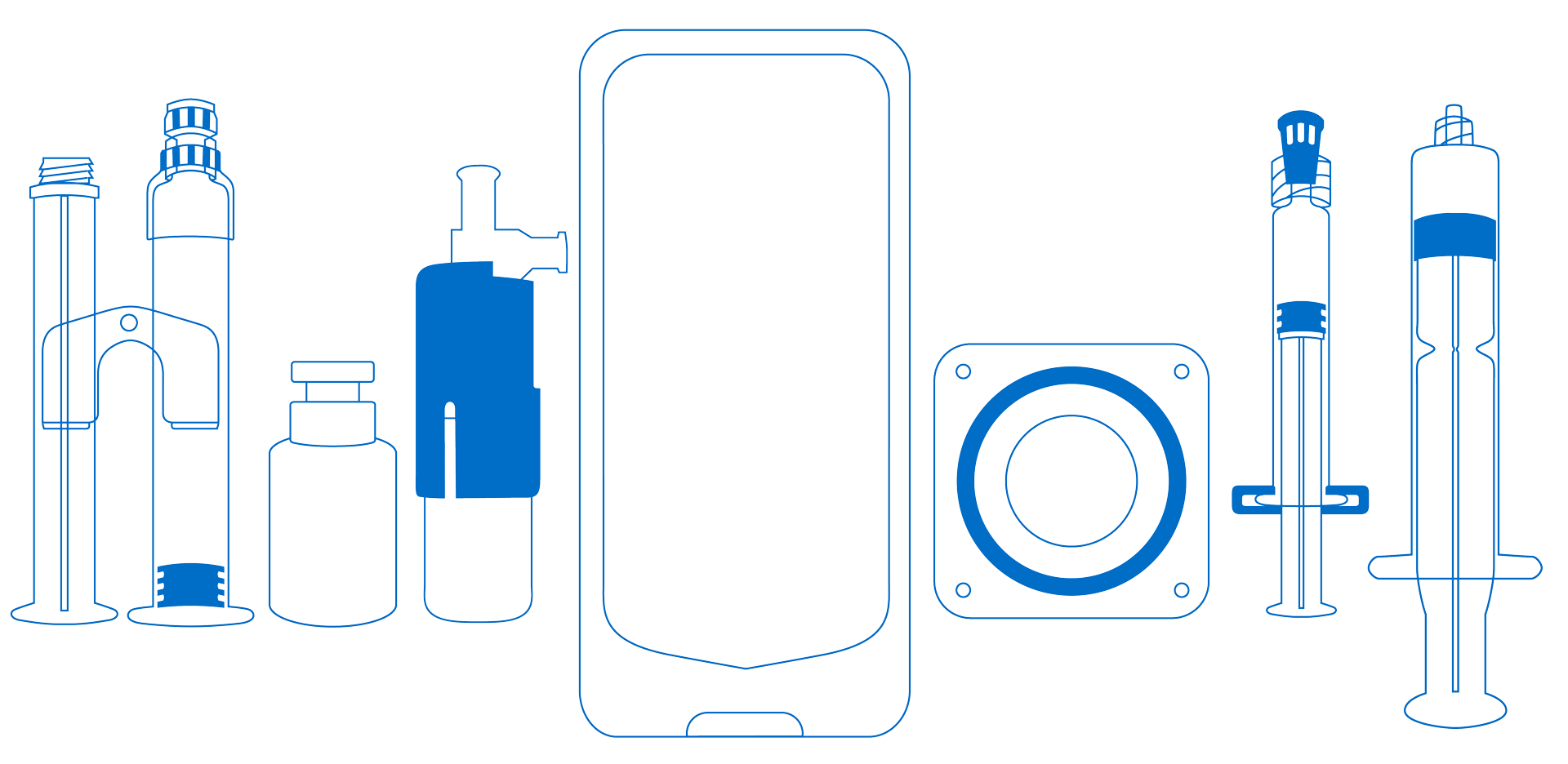Perfluorocarbon Liquids
Perfluorocarbon liquids (PFCLs) are organic compounds in which all H-atoms are replaced by F-atoms. Due to the F-atoms’ electronic structure and arrangement, an almost-complete shield of the molecules is achieved. The compounds are chemically inert. With their low surface tension, low conductivity and high density, their highly solvent properties for gases (oxygen and carbon dioxide) make PFCLs very suitable for different medical applications.


